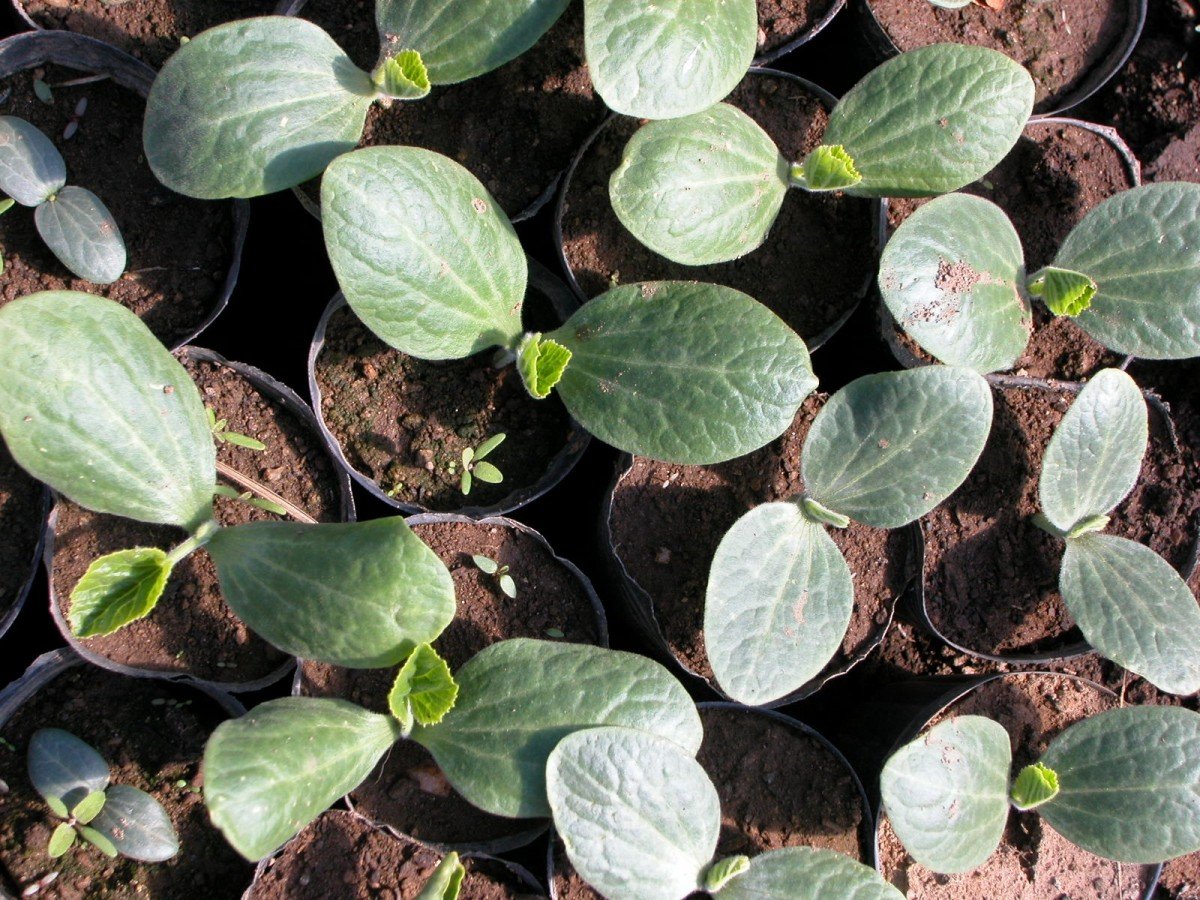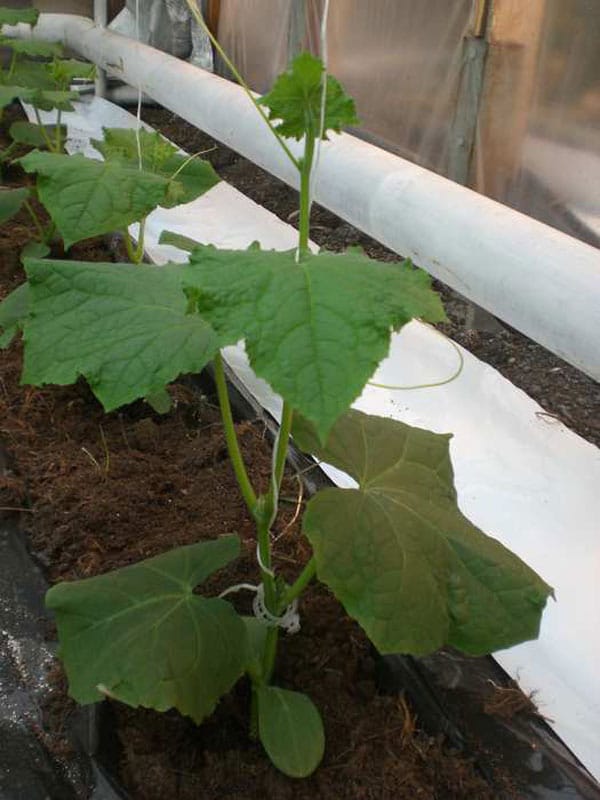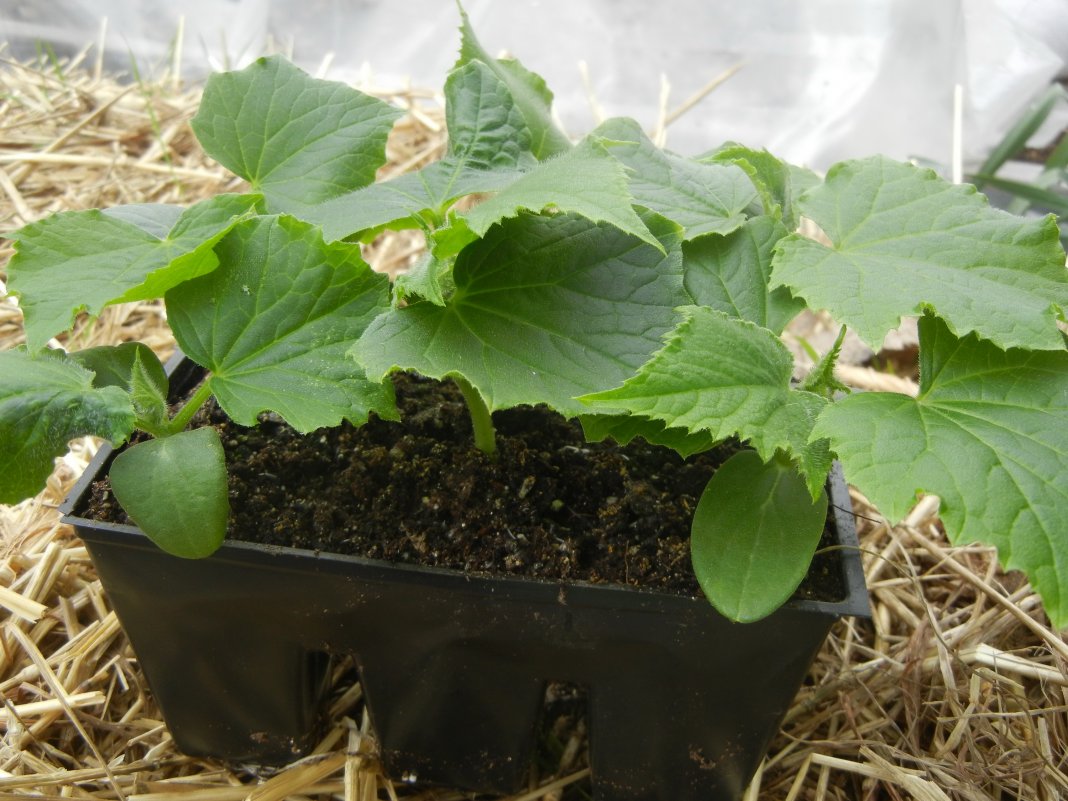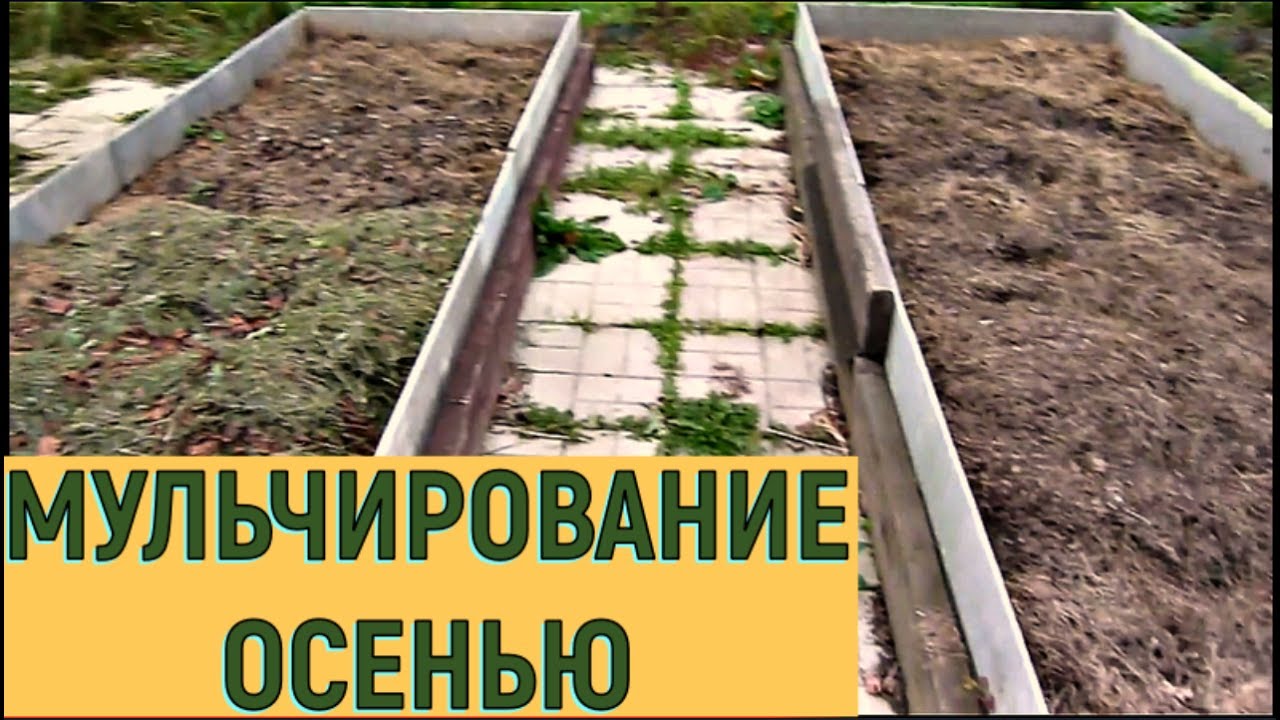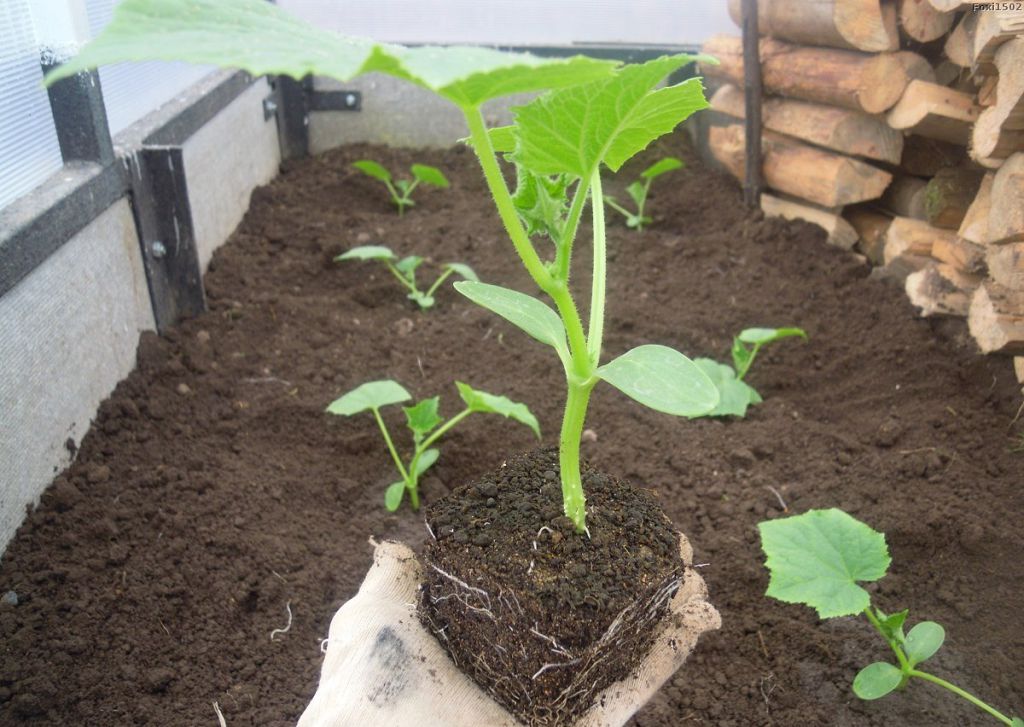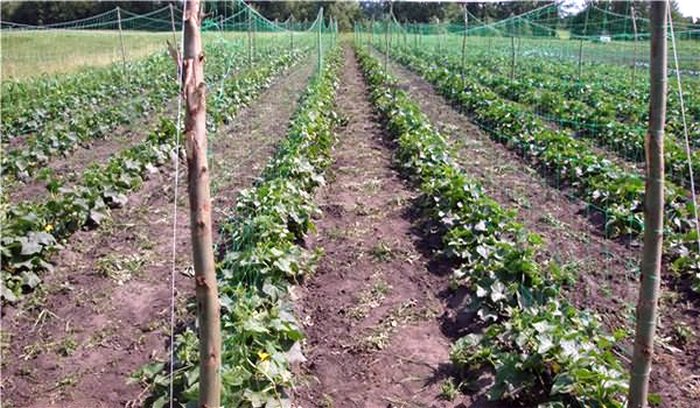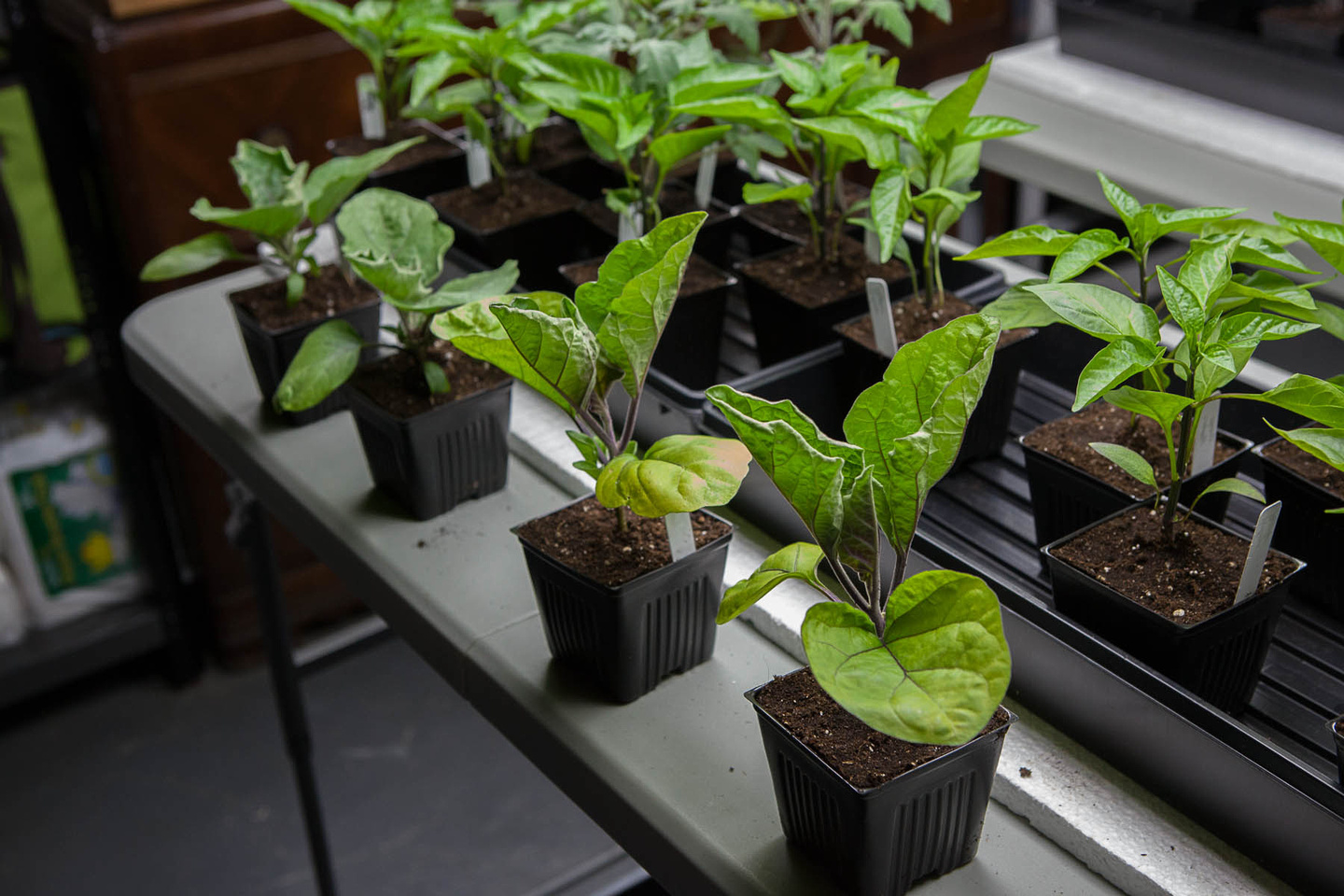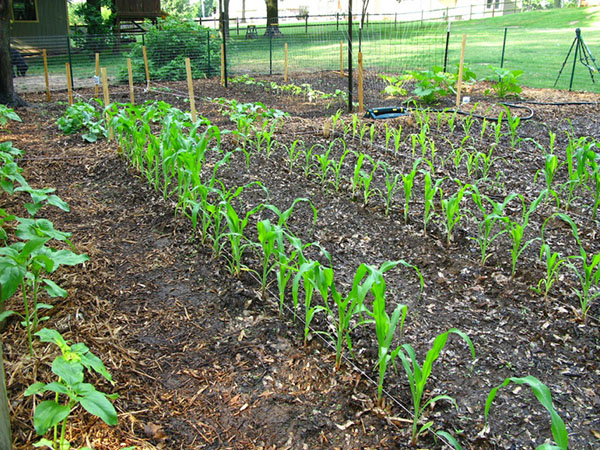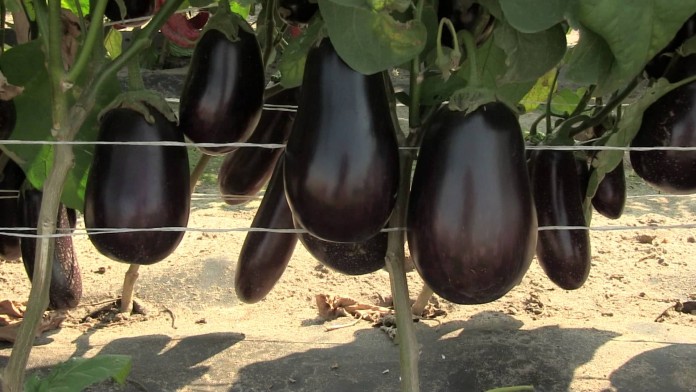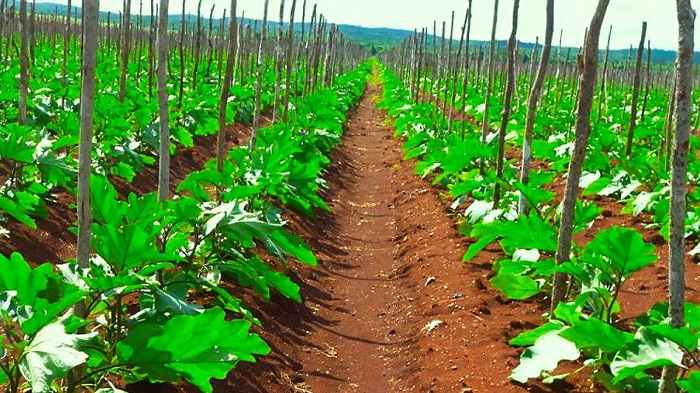Content:
Growing cucumbers in seedlings increases yields. Planting cucumber seedlings in open ground should be carried out in accordance with agrotechnical methods of cultivation. This is the only way to avoid mistakes and grow a good harvest.
How cucumbers are planted in open ground with seedlings
When growing in seedlings, it is important to predict the planting time and sow the seeds on time. There is a simple calculation for this. Planting cucumbers in the ground with seedlings is carried out when the seedlings are 25 days old. In regions with a warm climate, they are planted in open ground at the end of May, with a temperate one - in the first decade of June. The lunar calendar for 2018 states that sowing of seeds should be carried out on May 2/8, respectively, for areas with a warm / temperate climate.
When can you plant cucumbers: withrocky and temperature
In order to increase the survival rate of transplanted cucumber seedlings, it is necessary to choose the right time for planting.
Gardeners' opinions on the size of the seedlings ready for transplantation vary considerably.
- Some believe that cucumber seedlings are ready for planting in open ground only when 3-4 true leaves develop on the seedlings. Seedlings reach such sizes after about 25 days from sowing seeds, which falls on May.
- Others hold the opposite point of view and argue that overgrown seedlings will be difficult to adapt to new conditions, there is a high probability of losing 50% of seedlings. This assumption is based on the fact that the root system of cucumber seedlings is too thin and brittle.
When should you plant cucumber seedlings in open ground? In view of the fact that there is no consensus on the timing of transplantation, you can plant seedlings from cups on the garden bed at any time, even at the stage of cotyledon development. As many years of experience have shown, proper care is more important to obtain a high yield than sowing seeds.
As for the transplant time, it directly depends on the specific climatic conditions of the area in which it is planned to grow the vegetable crop. By this time, the soil should warm up well and be about + 16 ° C in the daytime.
In the southern regions, seedlings of cucumber culture are planted in open ground much earlier than in the northern ones.
How to properly plant cucumber seedlings in open ground
Today, gardeners grow cucumber seedlings in ordinary disposable plastic cups. But when there was a boom in cucumber, many gardeners, lovers of cucumber seedlings were grown in rolls.
According to the advice of many gardeners, you need to choose small cups for growing seedlings.In such containers, the root system of the seedlings will completely braid the entire soil, and during transplantation it will be easily removed from the ground, with maximum safety. How to properly transplant seedlings from a cup into open ground so that they quickly adapt to new conditions? In order for the root system to easily lag behind the walls of the glass during transplantation, the containers must have a conical shape, the walls must be smooth.
Seed preparation for sowing
Good seeds should be separated from obvious blanks. After selection, the planting material is recommended to be disinfected. To select seeds, you need to prepare a solution: dissolve 3 g of salt in 1 liter of water. Then you need to pour the contents of the bag into a container with a solution and see if the seeds float up - they are empty, they should be thrown away. Full weight seeds are suitable for sowing.
To disinfect the seeds, it is enough to warm them up for three hours at a temperature not exceeding 60 ° C.
Then the seeds need to be hardened. The procedure is as follows: take a cotton pad, wet and wrap the seeds in it. Some of them will bite within 2-3 days. Then you need to send them to an ordinary refrigerator for a while.
Landing scheme
When growing cucumbers through seedlings, you should know that young plants are more vulnerable than those that grow from seeds planted immediately in the garden. The fact is that when planting directly into the ground, because the seedling turns out to be strong and no one damages it during growth.
During the digging of the earth, in the process of preparing the plants for planting, nitrogen-containing fertilizers are introduced into the soil - rotted compost or manure. Organic matter will warm the roots of the cucumbers, and thereby affect the speedy growth of seedlings.
When introducing organic matter and subsequent planting of seedlings, you will need to ensure that the root system of the seedlings does not come into contact with manure, otherwise they will burn. The optimal distance between the manure and the roots should be 5 cm, that is, a small (5 cm) layer of earth will have to be poured over the manure.
Seedling planting scheme:
- Ribbon landing. Such planting is suitable if the site is long. We'll have to prepare a place and plant the seedlings at a distance of at least 80 cm from each other.
- Wide fit. Seedlings of cucumber culture are planted in rows. In the row spacing, the distance between seedlings should be 1 m, and between young plants - 30 cm.
- Relaxed fit. The seedlings are transferred to the garden bed, planted in rows, with a row spacing of 60-65 cm.
The choice of the layout depends on the area of the site - the smaller the suburban area, the more compact the planting should be. The second important fact: how many seedlings are planned to be planted in open ground. The scheme is selected based on the size of free space and the number of bushes.
Next steps: tips from gardeners
Before planting seedlings in open ground, in the garden you need to dig holes of a suitable size and moisten them well.
Some gardeners, before transplanting, are advised to thoroughly dry the earthen lump so that the earth itself lags behind the walls. Others, on the contrary, advise to water the plant so as to completely wet the lump and saturate the root system with moisture.
While both methods are acceptable, professionals advise sticking to the second method. In the first method, as a result of overdrying the earthy coma, the green mass of the seedlings becomes a little sluggish. And when you transplant her to a garden bed, it is very difficult for her to restore turgor, no matter how strong she is.
After removing the seedlings from the cup, they are placed in the prepared hole without deepening (otherwise it can stretch out).The optimum depth is slightly more than the height of the cup. It is important that the root system is only lightly covered with soil.
After planting, the seedlings need to be watered. With a lack of moisture, the growth of the cucumber culture slows down significantly. Deep watering is not required, but the surface should always be damp.
After transplanting, you need to ensure that the sun's rays do not fall on the seedlings, as the leaves can get burned. Some owners cover the plants with foil or plastic bottles from strong and gusty winds. Such a move is inappropriate, since in clear weather the cucumbers will be hot under the plastic. Thus, you can harm plantings and reduce yields.
If the transplant was carried out correctly, the seedlings will quickly take root and will soon start growing.
Cultivation and technologies for increasing yields
If, with proper care, the cucumber garden does not produce much fruit, perhaps a mistake was made somewhere. Let's take a look at some tips for increasing yields.
Mulching the beds is a guarantee of a high yield
This agrotechnical technique makes it possible to significantly facilitate planting care and increase yields.
- Mulching helps protect the delicate root system from day and night temperature extremes.
- The soil under the mulch layer retains moisture longer, so planting does not require frequent watering.
- The use of mulch helps to double the yield.
- Organic mulch saturates the soil with oxygen. Thanks to this, beneficial bacteria multiply in the soil and earthworms appear.
- This procedure reduces labor costs in terms of wasting time for weeding - weeds do not grow under the layer of mulch.
- Ripe vegetables are not on wet ground, but on a dry surface. This means that they remain fresh longer and do not rot.
As mulch, you can use a variety of materials, ranging from non-woven fabrics to straw or sawdust.
Cucumbers need hilling
Thanks to hilling, the cucumber crop increases its resistance to adverse weather conditions. Hilling forms a highly developed root system, keeps soil moisture longer.
The procedure should be carried out when 3-4 true leaves develop on the plants. You can huddle again after 2 weeks.
Watering the borage with warm water with milk diluted in it
Moderate watering is recommended before flowering, that is, it is enough to water the plantings once a week and that's it. When the borage begins to bloom, it is recommended to increase the number of watering and carry it out 1 time in 3 days. In hot weather, even more often.
Cucumbers belong to a heat-loving culture, so the water for irrigation should be warm. This is due to the peculiarity of the root system: it cannot perceive and absorb cold water.
Watering must be done carefully, water should not fall on the foliage, otherwise it will lead to decay and provoke various diseases.
Why do many gardeners recommend watering cucumbers with milk diluted in it? The fact is that milk contains a lot of potassium, an element that is responsible for the formation of fruits.
Stepsonizing and tying whips
This is one of the main conditions for increasing yields. Superfluous stepchildren take away strength from cucumbers, therefore it is recommended to get rid of unnecessary shoots. In the sinuses of the first 6 leaves, it is necessary to remove the growing lashes. During pinching, the main shoot cannot be damaged, as this will lead to the death of the plant.
Grasshopping is carried out at a time when the seedling itself reaches about 6 cm in length. With the correct procedure, the first crop can be harvested in mid-July.
Tying in strings makes harvesting easier and prevents fruit from rotting on wet ground. In addition, very often, among the green foliage, it is difficult to notice cucumbers and collect them, so part of the crop remains in the garden and overripe.
Harvesting must be regular
Gardeners noticed that with active fruiting, it is recommended to collect cucumbers 1 time in 2-3 days, depending on what kind of greens the owner of the site needs - small or larger.
If you miss the time of collection, the fruits outgrow the allowable size and may simply not fit in the jar. In addition, they take away the strength of the plant, and in fact it could spend them on the ripening of other fruits.
Small fruits are suitable for canning, not exceeding 8-10 cm in size.For salting, use a slightly larger greens - 12 cm.
Harvesting is best done in the morning. During this time, green vegetables are saturated with moisture. If such cucumbers are preserved, they will be whole, without voids.
When harvesting in the daytime, the greens wither quickly. To avoid this, they should be kept in water for several hours before canning.
When harvesting, you need to lightly press on the cucumbers with your fingers so that they easily detach from the whip. You cannot pull and tear with all your might. This can damage the whip and dry it out.
June is the time for early harvest of cucumbers when grown through seedlings. By the middle of the month, you can pamper yourself with the first greens. Applying tips to increase yields, any gardener can be convinced from their own experience that they really work. Correctly applying agrotechnical techniques, you can double the yield.
